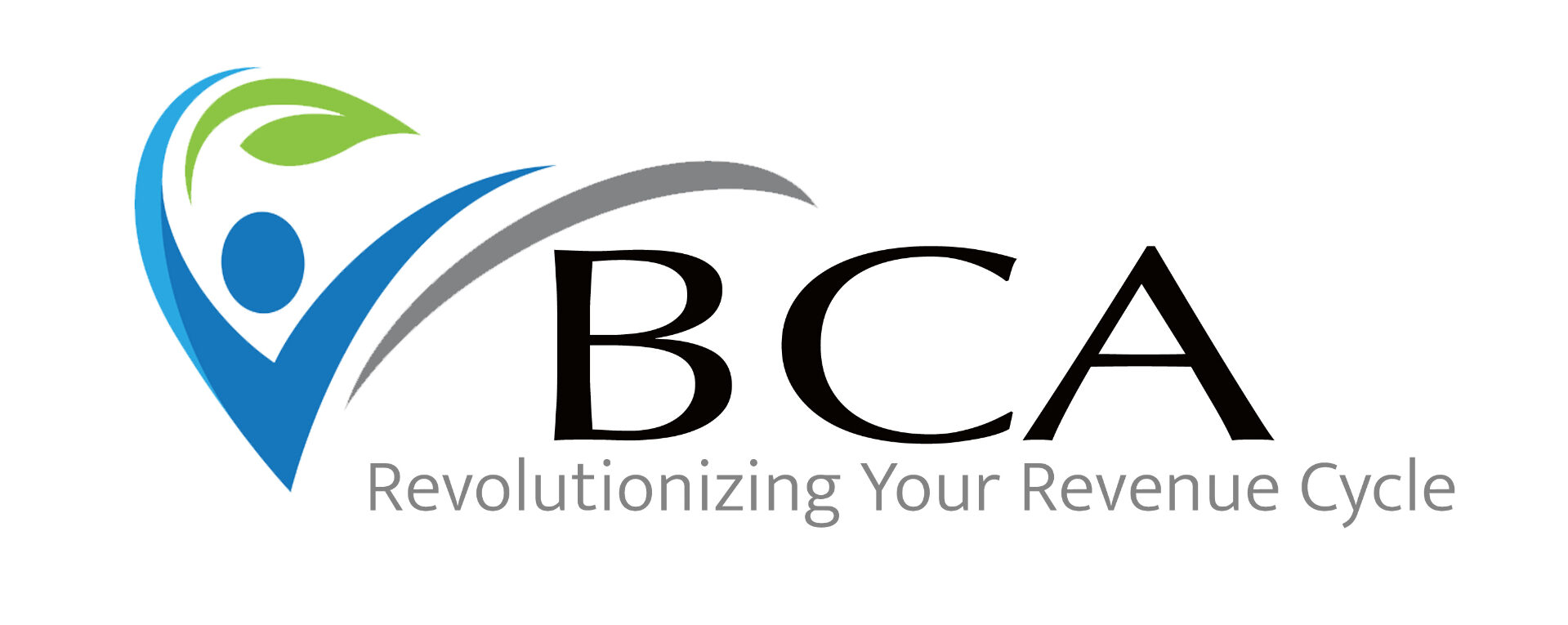Telehealth became a lifeline during the pandemic, offering patients convenient access to care while keeping providers and staff safe. Many temporary flexibilities were put in place to make telehealth easier to use, easier to bill, and easier to document. But as 2025 progresses, these temporary telehealth extensions are coming to an end, and practices need to prepare.
In this week’s post, we’ll break down what’s changing, what it means for your practice, and practical steps you can take to stay compliant while continuing to deliver quality care.
What’s Changing
CMS and many commercial payers implemented temporary telehealth expansions during the public health emergency (PHE). These included:
- Broader range of billable telehealth services, including some visits previously limited to in-person care.
- Flexibility in patient location requirements, allowing patients to receive care from home.
- Relaxed documentation requirements in certain situations.
As these PHE flexibilities expire, practices must return to standard telehealth rules, which may include:
- Limiting certain services to approved patient locations.
- Adjusting billing codes to reflect in-person equivalents.
- Meeting standard documentation requirements for telehealth visits.
Why This Matters
Ending telehealth extensions can have a significant impact if your practice isn’t prepared. Potential consequences include:
- Denied claims or downcoded visits if services don’t meet updated telehealth requirements.
- Increased audit risk if documentation doesn’t meet payer standards.
- Workflow disruptions if staff aren’t trained on the changes.
Practical Steps for Your Practice
- Review your telehealth service list – Identify which services are affected by the end of temporary extensions and ensure you know which codes are now billable.
- Update workflows and staff training – Make sure your team knows where patients can be located for billable visits, how to capture consent, and what documentation is required.
- Check payer-specific rules – While CMS sets the standard, commercial payers may have their own telehealth policies. Stay up to date to avoid denied claims.
- Audit your documentation – Ensure notes clearly reflect:
- Patient location
- Mode of communication (video or audio)
- Medical necessity and clinical decision-making
- Any required consents or disclosures
- Communicate with patients – Let patients know about location requirements, consent forms, and any changes in telehealth service availability.
Looking Ahead
Next week, we’ll focus on telehealth documentation compliance, offering a detailed guide for capturing the required elements to support billing and reimbursement. By staying proactive now, your practice can continue providing telehealth care smoothly and confidently—even as regulations shift.
Telehealth may be changing, but with the right preparation, your practice can continue delivering care efficiently and compliantly. Sign up for our mailing list and follow along for more insights. http://eepurl.com/ihek1L

